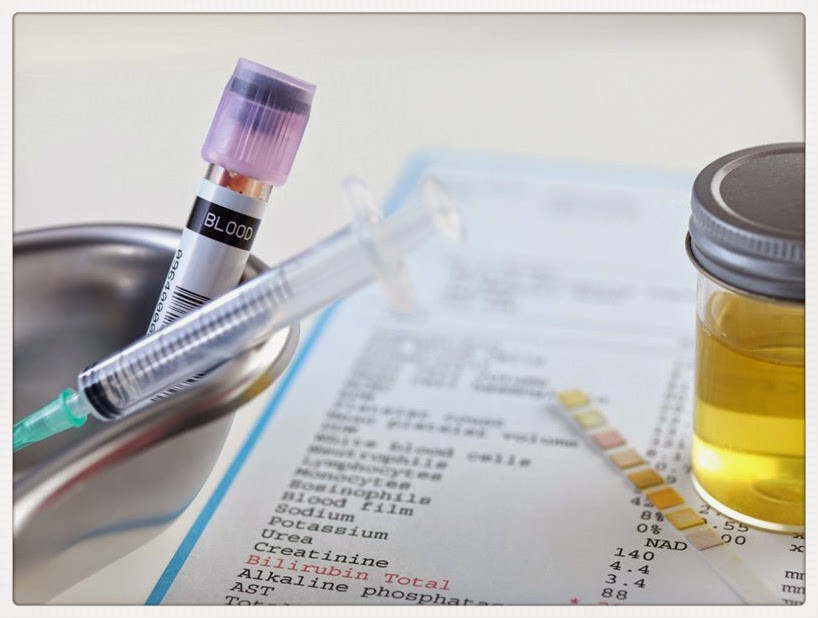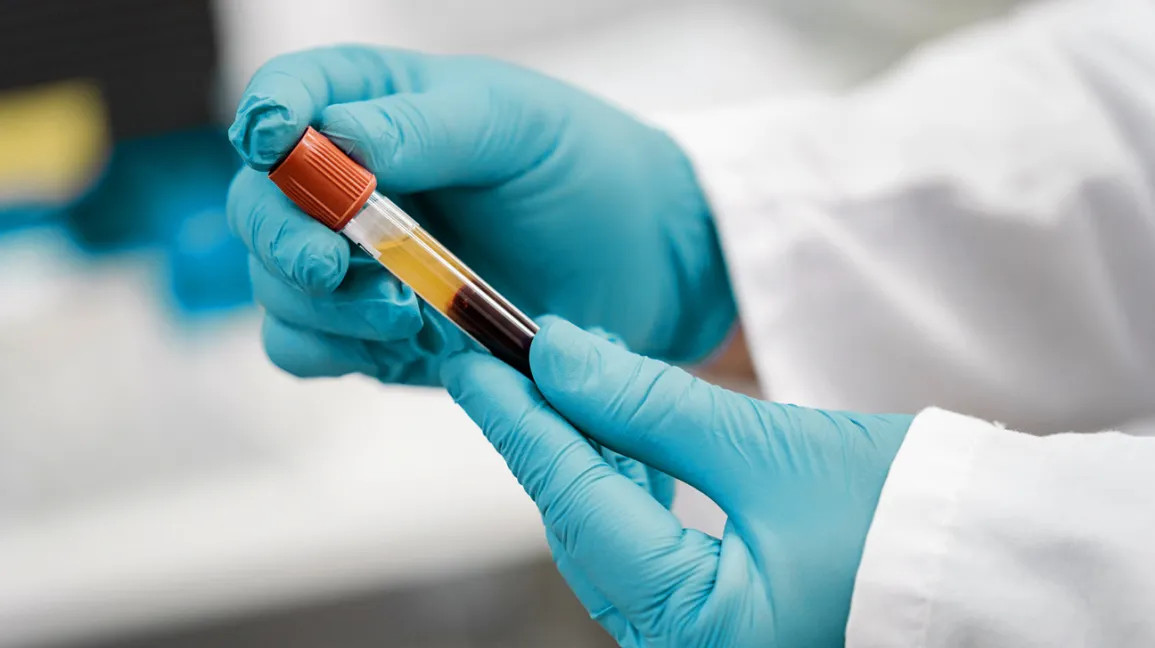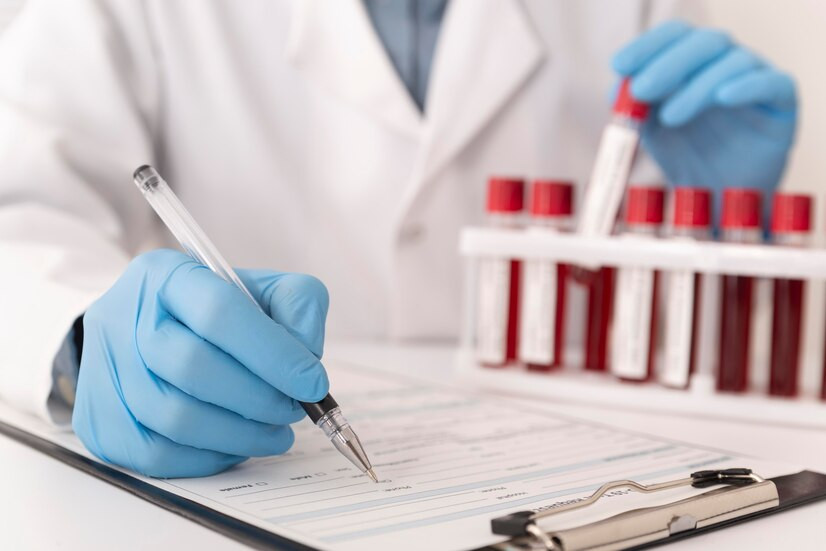Definisi
Chyluria merupakan kondisi terdapat chyle dalam urine. Chyle adalah komponen keputihan yang terdiri dari cairan limfatik dan berukuran kilomikron dalam saluran cerna kecil selama pencernaan makanan berlemak. Chyle terbentuk dari saluran cerna kecil selama proses pencernaan sebelum dibawa oleh pembuluh limfatik. Chycle tersusun atas protein, lemak dan sel darah putih yang melawan infeksi dan membantu mengantarkan lemak dan protein ke seluruh tubuh. Chyle juga memiliki peran dalam menjaga sistem imun bekerja dengan normal.
Jika pada urine ditemukan gumpalan keputihan seperti susu, hal ini menandakan chyle sudah bocor ke dalam ginjal. Chycle tersebut tercampur dengan urine dan ikut terbawa keluar tubuh ketika buang air kecil. Chyluria terkadang dapat sembuh dengan sendirinya, tetapi terkadang juga diperlukan pengobatan yang melibatkan perubahan gaya hidup, pengobatan atau tindakan invasif. Pemeriksaan urine chyluria dilakukan untuk mengukur kadar lemak dalam urine dan membantu pemeriksaan chyluria.
Indikasi
Beberapa gejala dari chyluria, seperti:
- adanya gumpalan chyle di dalam urine
- urine yang berwarna putih susu
- darah pada urine (hematuria)
- nyeri pada saat buang air kecil
- kehilangan berat badan
- sering buang air kecil
- demam, mengigil
- sakit punggung
- pembengkakan pada area tangan dan lengan
- kelelahan sepanjang waktu
Baca Juga: Hematuria - Definisi, Penyebab, Gejala, dan Pengobatannya
Kontraindikasi
Pemeriksaan urine chyluria dapat dianggap aman dan risiko terkait sedang. Tidak ada kontraindikasi khusus terkait pemeriksaan ini. Bila Anda sebelumnya telah melakukan pemeriksaan urine, pemeriksaan ini serupa dengan proses pengambilan sampel urine. Diskusikan dengan dokter terkait prosedur pemeriksaan yang akan dilakukan.
Persiapan sebelum Pemeriksaan
Tidak ada persiapan khusus sebelum melakukan pemeriksaan urine chyluria. Pemeriksaan ini tidak mewajibkan Anda berpuasa sebelumnya. Anda dapat berkonsultasi dengan dokter terkait obat-obatan yang Anda konsumsi sebelum pengujian atau kondisi lain yang memerlukan perhatian khusus. Diskuskan dengan dokter terkait obat yang dikonsumsi dan yang perlu dihentikan sebelum pemeriksaan.
Prosedur Pemeriksaan
Pemeriksaan urine chyluria menggunakan sampel urine. Adapun cara untuk mengambil sampel untuk pemeriksaan ini dapat menggunakan sampel acak. Anda akan diberikan wadah khusus untuk menyimpan urine anda serta instruksi bagaimana mengambil dan menyimpan sampel urine.
Beberapa langkah dalam mengoleksi sampel urine, yaitu:
- Saat buang air kecil, buang urine yang pertama lalu tampung sisa urine dalam wadah khusus. Kembalikan wadah sampel beserta sampel urine pada laboratorium pemeriksaan
- Pada bayi baru lahir, bersihkan area kelamin urine akan keluar dari tubuh.
- Buka kantong wadah urine (kantong tas dengan kertas perekat diujung)
- Untuk laki - laki, masukkan seluruh penis ke dalam kantong tas dan tempelkan perekat pada kulit
- Untuk perempuan, letakkan kantong di bawah labia
- Pasang pampers seperti biasanya.
- Pada bayi yang aktif, sampel urine dapat berpindah ke pampers sehingga perlu kantong lebih dalam mengkoleksi sampel urine
Selanjutnya, segera serahkan sampel urine ke laboratorium untuk dilakukan pemeriksaan lebih lanjut. Petugas akan melakukan pemeriksaan pada sampel urine dari warna, penampakan serta beberapa perlakuan khusus untuk melihat apakah ada chyle dalam urine.
Nilai Normal dan Abnormal
Nilai normal pemeriksaan menunjukkan nilai negatif atau nilai trigliserida dan kolesterol dalam urine <10 mg/dL (miligram per desiliter). Nilai abnormal pemeriksaan menunjukkan nilai positif atau nilai trigliserida yang tinggi (>10 mg/dL) yang mengindikasikan adanya chyluria.
Hasil dan Saran (Pemeriksaan Lanjutan)
Hasil pemeriksaan negatif menunjukkan tidak adanya chyluria dari pemeriksaan Anda. Bila hasil pemeriksaan positif, maka dokter akan menyarankan beberapa pengobatan atau tindakan yang diperlukan untuk mencari penyebab dari nilai abnormal tersebut.
Kondisi ini dapat disebabkan oleh infeksi parasit dan infeksi non-parasit. Infeksi parasit seperti parasit malaria, ankylostomiasis, trichiniasis, taenia nana sedangkan kondisi non-parasit seperti kelainan sejak lahir atau adanya tumor.
Konsultasikan ke Dokter yang Tepat
Bila hasil pemeriksaan urine chyluria tidak normal, Anda dapat berkonsultasi dengan dokter umum untuk mendapatkan diagnosis dan terapi yang sesuai. Dokter akan menyarankan pemeriksaan lebih lanjut terkait pemeriksaan lanjutan yang dilakukan.
Bila diperlukan, Anda juga dapat berkonsultasi dengan dokter spesialis penyakit dalam terkait kondisi Anda. Dokter juga akan melakukan pengawasan terhadap terapi yang diberikan dan efektivitas dari terapi yang telah dijalani. Informasikan pada dokter terkait gejala yang Anda rasakan.
Mau tahu informasi seputar hasil pemeriksaan laboratorium, radiologi, dan lainnya? Cek di sini, ya!
- dr. Monica Salim
Chyluria : Definition, Causes, Symptoms and Treatment. (2023). Retrieved 26 July 2023, from https://microbiologie-clinique.com/en/chyluria-symptoms-causes-treatment.html
Chyluria (2022). Retrieved 26 July 2023, from https://www.lybrate.com/lab-test/chyluria-urine
Cleaveland Clinic (2022). Chyluria. Retrieved 8 September 2023, from https://my.clevelandclinic.org/health/diseases/24171-chyluria











